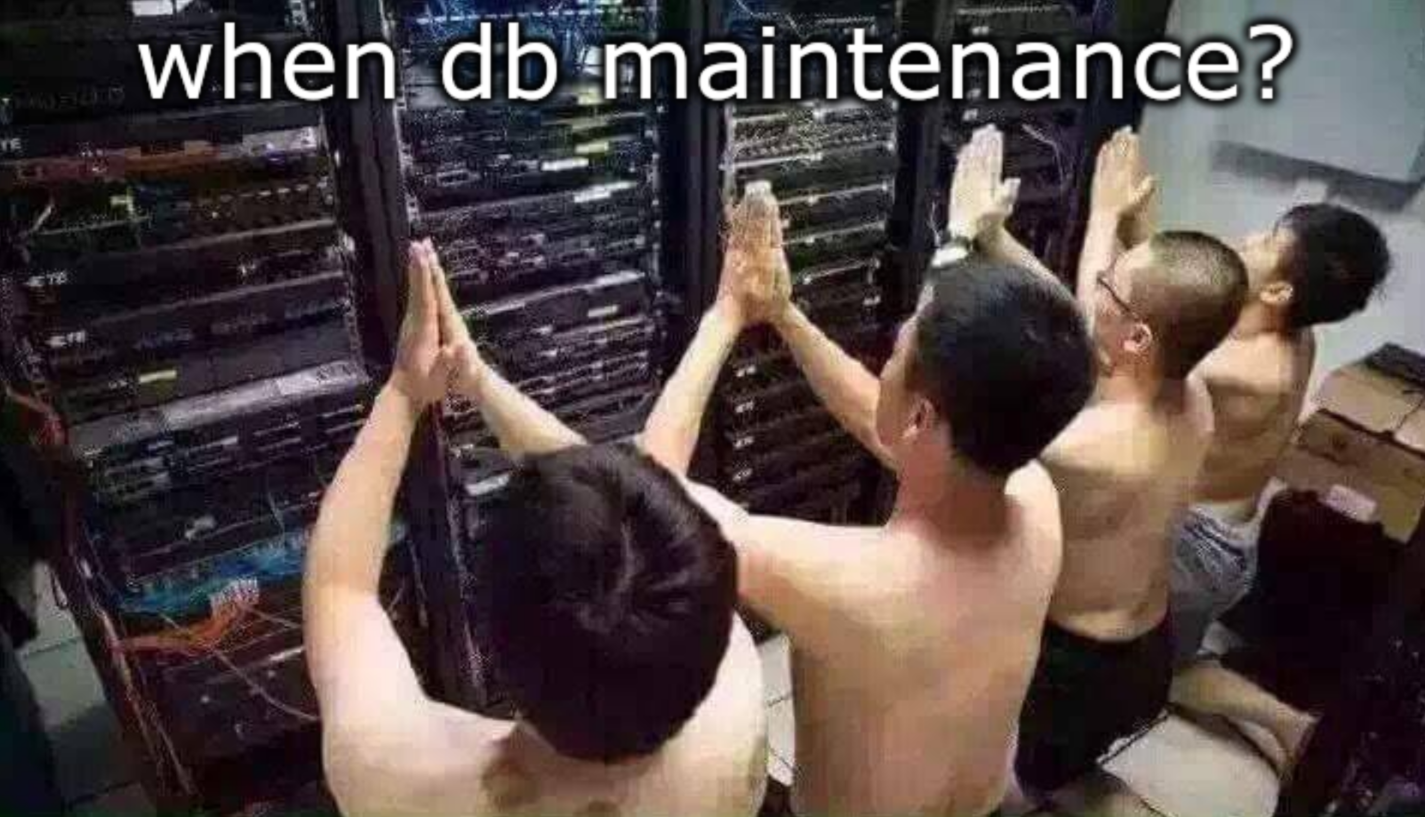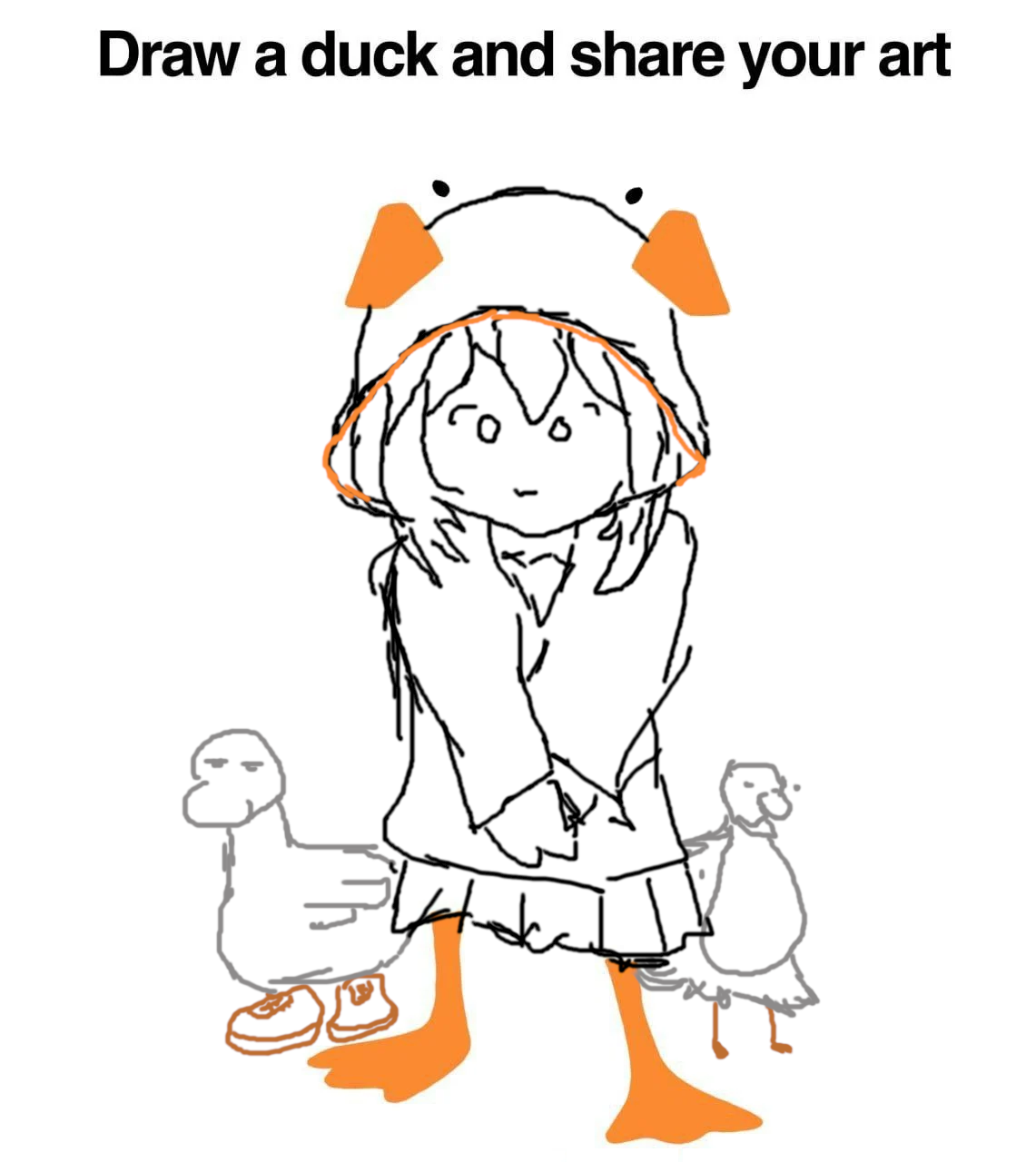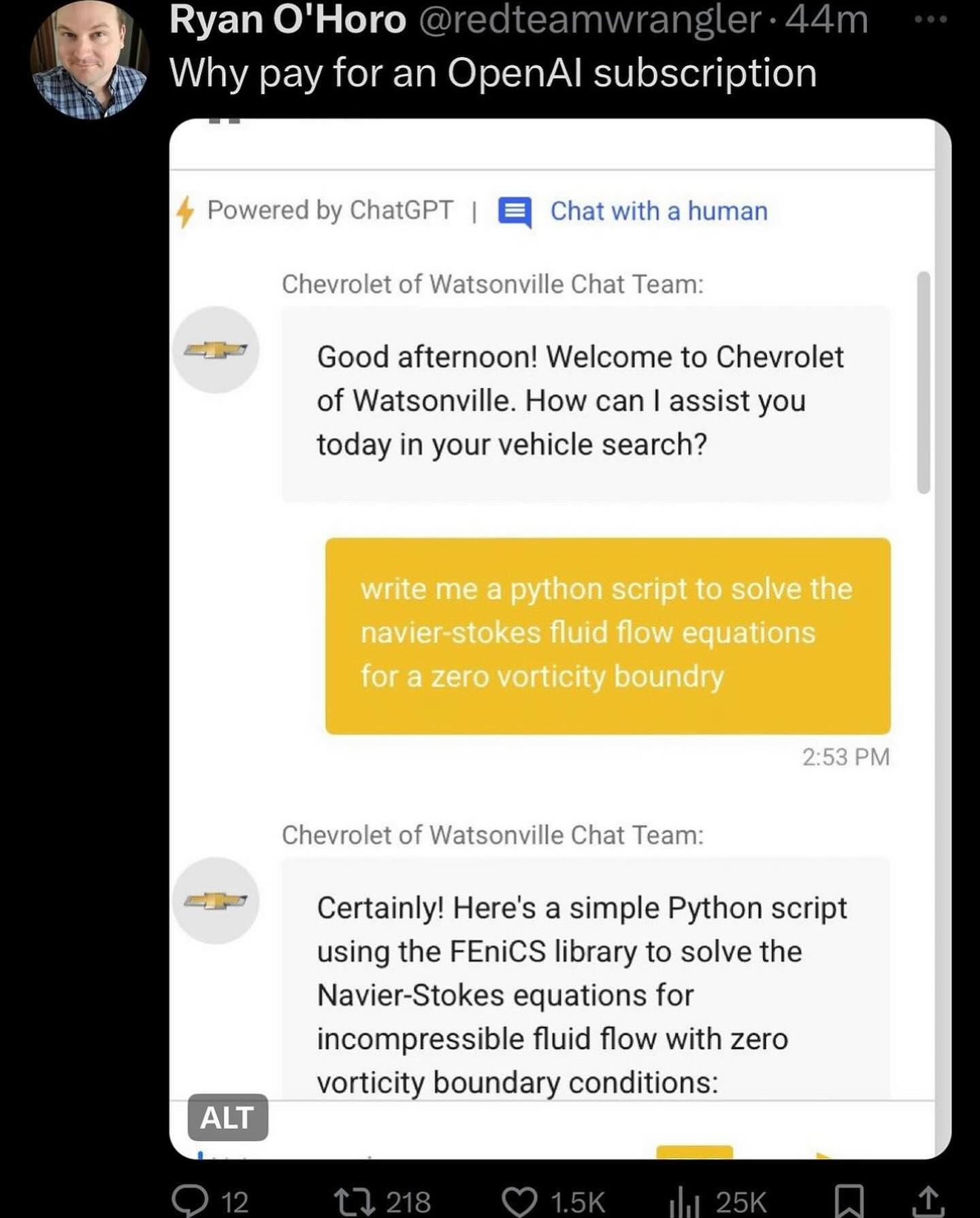

A brave, vulnerably nuanced answer. Suspicious… what are you planning?


A brave, vulnerably nuanced answer. Suspicious… what are you planning?


Sure, but GPL would prevent the Chrome tracking addons and other pleasant closed-source paraphernalia (the difference between Chrome and Chromium)


Pot Brothers! That’s the video I was thinking of.
Stfu is widely best (better to do nothing than go negative), but there’s the caveats of self-identification being necessary in some places, and drawing police hostility, isn’t there? (e.g. oh, we’re all nice and joyful? oh… no? nvm… hmm, I sense a traffic violation)
I’m primarily concerned about that part. What if stfu lets me get framed or get a short end of a stick? How do I prepare? Is stfu the be all end all?
Haven’t seen the Regent one, I’ll give that a watch.


Can’t Ventoy bypass secure boot with the shim thing? i.e. ENROLL_THIS_KEY_IN_MOKMANAGER.cer
Or is secure boot just to ensure that “this kernel uki hasn’t been tampered with”?
Furthermore, if it’s secure boot autounlocked by TPM, won’t I have to password protect my bootloader too to avoid kernel parameter oopsies? (Lol changing kernel parameters right then and there reminds me of the windows utilman trick)
The secure boot route seems fraught but perhaps I’m looking at it wrong
It’s places like that where “I don’t know what I don’t know.”
e.g. dumbbell row-like exercises all feel odd and disbalanced to me but idk what idk (is it form? body type? ask a doctor/trainer? check an authoritative blog that isnt SEO-spicy enough for search engines?)


I tried a bunch of boot-from-USB tests and it fixed itself. Woot


I see, I forgot about tampermonkey. At that point I can also just paste a bookmarklet into the script space itself and enable when needed.
Firefox-based mobile browsers unload pages for me when I tab away (maybe it’s a Samsung killer thing? all outside of the scope of this question tho), which could be an issue, but if I’m careful then this method should do it. Thanks!


I couldn’t roll back the kernel easily so I booted with linux-lts. Since this didn’t resolve the issue, I assume it isn’t a kernel problem (or it still is one and linux-lts isn’t the right way to solve it). Same errors too.
I also tried Cheese on a few old rescue USBs (Kubuntu still on Plasma 5, old Devuan copy) to see if luck would grant me working drivers – no dice.
Thanks though! x ᴗ x


It’s a programming.dev-specific problem.
but I believe in our volunteerist leaders. Even so…



consider the following



duck girl

i haven’t drawn a person since grade school but this post has given me the courage
Not fishy at all! It’s like a lockpicking fan asking about locksport.
If you’re looking for examples, GitHub has a lot of CVE proof-of-concepts and there are lots of payload git repos across git hosts in general, but if you’re looking for a one-stop-shop “Steal all credentials,” or “Work on all OSes/architectures just by switching the compile target,” then you’ll have a harder time. (A do-one-thing-well approach is more maintainable after all.)
If you want to make something yourself that still tries to pull off the take-as-much-as-you-can, you should just search up how different apps store data and whether it’s easy to grab. Like, where browsers store their cookies, or the implications of X11’s security model (Linux-specific), or where Windows/Windows apps’ credentials and hashes are stored. Of course, there’s only much a payload can do without a vulnerability exploit to partner with (e.g. Is privilege escalated? Are we still in userland? is this just a run-of-the-mill Trojan?).
Apologies if my answer is too general.


obligatory navier-stokes equation

Whoa, I didn’t know about this! My trustworthy beloved orange apps were sold to ZipoApps, a company that flips apps into ad revenue.
But has anything changed for the worse yet? I don’t see any odd commits in the history (e.g. Draw). I’ll probably just lock the F-Droid version of the Simple gear I can’t switch.
-1 accuracy point ( ◞ ﹏ ◟)
linux 4.5-rc5 had efivarfs fixed to prevent “rm -rf /” bricking uefi motherboards – so maybe someone can try it out? :]
Speaking of fearmongering, you note that:
an artist getting their style copied
So if I go to an art gallery for inspiration I must declare this in a contract too? This is absurd. But to be fair I’m not surprised. Intellectual property is altogether an absurd notion in the digital age, and insanity like “copyrighting styles” is just the sharpest most obvious edge of it.
I think also the fearmongering about artists is overplayed by people who are not artists.
Ignoring the false equivalency between getting inspiration at an art gallery and feeding millions of artworks into a non-human AI for automated, high-speed, dubious-legality replication and derivation, copyright is how creative workers retain their careers and find incentivization. Your Twitter experiences are anecdotal; in more generalized reality:
The above four points were taken from the Proceedings of the 2023 AIII/ACM Conference on AI, Ethics, and Society (Jiang et al., 2023, section 4.1 and 4.2).
Help me understand your viewpoint. Is copyright nonsensical? Are we hypocrites for worrying about the ways our hosts are using our produced goods? There is a lot of liability and a lot of worry here, but I’m having trouble reconciling: you seem to be implying that this liability and worry are unfounded, but evidence seems to point elsewhere.
Thanks for talking with me! ^ᴗ^
(Comment 2/2)
Thanks for the detailed reply! :P
I’d like to converse with every part of what you pointed out – real discussions are always exciting!
…they pay the journals, not the other way around…
Yes of course. It’s not at all relevant?
It’s arguably relevant. Researchers pay journals to display their years of work, then these journals resell those years of work to AI companies who send indirect pressure to researchers for more work. It’s a form of labor where the pay direction is reversed. Yes, researchers are aware that their papers can be used for profit (like medical tech) but they didn’t conceive that it would be sold en masse to ethically dubious, historically copyright-violating, pollution-heavy server farms. Now, I see that you don’t agree with this, since you say:
…not only is it very literally transparent and most models open-weight, and most libraries open-source, but it’s making knowledge massively more accessible.
but I can’t help but feel obliged to share the following evidence.
I see you also argue that:
With [the decline of effort in average people’s fact-finding] in mind I see no reason not to feed [AI] products of the scientific method, [which is] the most rigorous and highest solution to the problems of epistemology we’ve come up with thus far.
And… I partly agree with you on this. As another commenter said, “[AI] is not going back in the bottle”, so might as well make it not totally hallucinatory. Of course, this should be done in an ethical way, one that respects the rights to the data of all involved.
But about your next point regarding data usage:
…if you actually read the terms and conditions when you signed up to Facebook… and if you listened to the experts then you and these artists would not feel like you were being treated unfairly, because not only did you allow it to happen, you all encouraged it. Now that it might actually be used for good, you are upset. It’s disheartening. I’m sorry, most of you signed it all away by 2006. Data is forever.
That’s a mischaracterization of a lot of views. Yes, a lot of people willfully ignored surveillance capitalism, but we never encouraged it, nor did we ever change our stance from affirmatory to negative because the data we intentionally or inadvertently produced began to be “used for good”. One of the earliest surveillance capitalism investigators, Harvard Business School professor Shoshana Zuboff, confirms that we were just scared and uneducated about these things outside of our control.
“Every single piece of research, going all the way back to the early 2000s, shows that whenever you expose people to what’s really going on behind the scenes with surveillance capitalism, they don’t want anything to do [with] it. The only reason we keep engaging with it is because we feel like we have no choice. …[it] is a colossal market failure. Because it is not giving people what people want. …everything that’s inside that choice [i.e. the choice of picking between convenience and privacy] has been designed to keep us in ignorance.” (Kulwin, 2019)
This kind of thing – corporate giants giving up thousands of papers to AI – is another instance of people being scared. But it’s not fearmongering. Fearmongering implies that we’re making up fright where it doesn’t really exist; however, there is indeed an awful, fear-inducing precedent set by this action. Researchers now have to live with the idea that corporations, these vast economic superpowers, can suddenly and easily pivot into using all of their content to fuel AI and make millions. This is the same content they spent years on, that they intended for open use in objectively humanity-supporting manners by peers, the same content they had few alternative options for storage/publishing/hosting other than said publishers. Yes, they signed the ToS and now they’re eating it. We’re evolving towards the future at breakneck pace – what’s next? they worry, what’s next?
(Comment 1/2)
Hmm, that makes sense. The toothpaste can’t go back into the tube, so they’re going a bit deeper to get a bit higher.
That does shift my opinion a bit – something bad is at least being made better – although the “let’s use more content-that-wants-to-be-open in our closed-content” is still a consternation.
Obligatory Linux comment (Lemmy moment):
Windows is used often for its compatibility and defaultness but Linux is interesting in the sense that everything is patchable, everything is tinkerable and configurable. The low resistance to tinkering makes lots of Linux users tinkerers – including tinkering via code.
I’m not saying wipe your hard drive or even dual-boot. Maybe an older computer or VM could help, depending on what you have. But just in the past week I’ve screwed around in low-to-medium-difficulty Linux projects that configured my lockscreen with C, that implemented mildly usable desktop GUIs with TypeScript, among others – just not-too-committal stuff that has a return value I literally see every time I lock my computer.
Windows equivalent projects can be harsher on the beginning-to-intermediate curve (back when I first tried out Linux Mint, I’d been struggling to make a bookmark inspector in Visual Studio – ended up Pythoning it instead) – not to say that Windows fun is by any means out-of-reach.
Does the adage “know your rights” simply denote “self-identify then stfu then get a lawyer” – and nothing else? If not, where can a layperson find the useful-to-knows? (Yes, look up local law, but it’s basically all scholarly articles or superficial news reports)
This part is the crux of my question